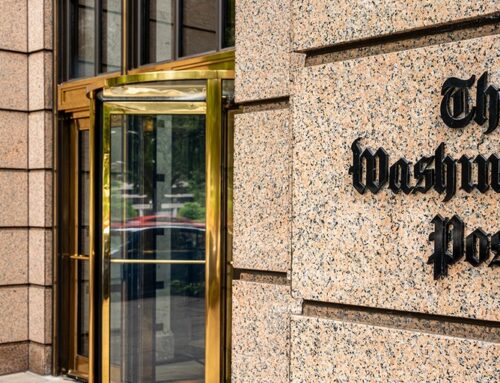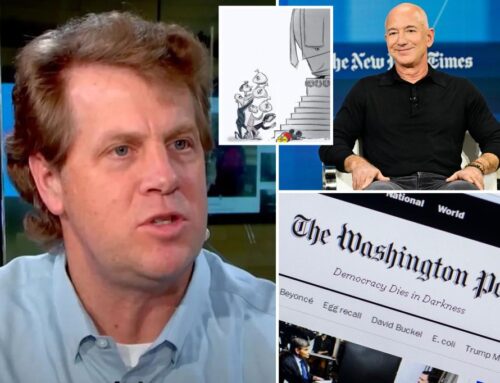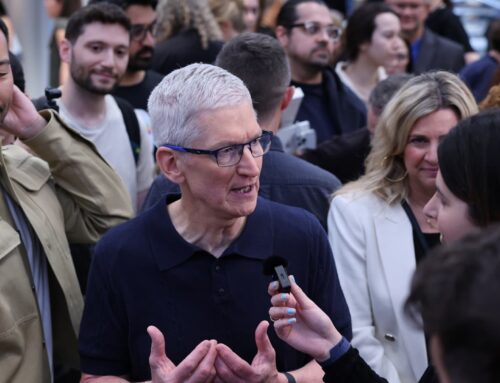The Year in Ethereum: Lawsuits, ETFs, Technical Upgrades and Trump
December 29, 2024
For Ethereum, 2024 has been the year where both a lot happened and not much at all, it seemed.
There was substantial innovation, but those just wanting to make money from investing in Ethereum’s native coin ETH are a little disappointed—if the vibes on Crypto Twitter (aka X) are anything to go by.
Upgrades like Dencun made it cheaper to get things done on the network, and President-elect Donald Trump even threw his weight behind a project built on Ethereum. But there was also a regulatory crackdown, leading many to think that the SEC was coming hard for the ecosystem.
The surprising approval of spot ETH exchange-traded funds turned things around, but did not lead to an explosion in the asset’s price like it did with its Bitcoin counterparts.
Even so, it was still an exciting—and noteworthy—year for the blockchain behind the second-biggest coin in crypto. Here’s a look back at how it all went down.
Regulatory crackdown
In April, rumors started swirling that the SEC could be coming after Ethereum in its entirety after the Ethereum Foundation announced it was being investigated by a state authority.
Then, Wall Street’s top regulator and one of the biggest names in the Ethereum space, software giant Consensys (disclosure: one of 22 investors in Decrypt), went to war.
It started when the SEC hit the firm with a Wells notice, a warning of an impending lawsuit over securities violations, regarding its popular Ethereum wallet, MetaMask. Consensys snapped back with a preemptive suit against the SEC.
The company alleged that the agency had secretly considered ETH to be a security for over a year, claiming that the regulator’s actions “would punish Consensys for accepting and acting in reliance on years of government assurance that ETH is not a security.”
Then, the SEC sued Consensys for allegedly engaging in the unregistered offer and sale of securities through its MetaMask Swaps and Staking services.
The Consensys lawsuit was thrown out by a judge in September. Trump winning has been both good and bad for the firm: The SEC will have a new, pro-crypto chairman if Trump’s pick Paul Atkins is confirmed, but not before Consensys has had to cut its staff by 20% in October. The firm cited aggressive regulation and lawsuits as part of the reason.
ETFs make an impact
After the expected approval and huge debut trading months of the spot Bitcoin ETFs, industry observers didn’t think Ethereum would get the same green light—at least not right away—because the regulator wasn’t clear on whether the asset was a security or commodity.
But in a surprise move, the SEC gave a thumbs-up. And two months after initial approvals, the spot ETFs began trading in July. But despair seemed to set in when the ETH price didn’t go up.
The approval of the Bitcoin ETFs had pushed the price of Bitcoin to a new all-time high after all-time high. ETH hasn’t been so lucky: As of this writing, it still has a sizable gap to close until it breaks its 2021 record of $4,878.
Even if Ethereum’s price didn’t take off like a rocket, the approval of the ETFs delivered one important win: The SEC stopped calling ETH a securit.
Despite previously saying in 2018 that the asset was not a security, outgoing SEC Chair Gary Gensler for years refused to answer on where the coin stood—and he hit crypto company after crypto company with lawsuits for allegedly selling unregistered securities.
But the approval of the ETFs showed that the watchdog essentially agreed that the asset was decentralized enough to not be a security. This came with Wall Street recognition of ETH and its blockchain as an asset class—even if traditional finance has had a hard time getting its head around Ethereum’s value proposition.
It helped that the really big names, like BlackRock boss Larry Fink, generated some momentum. The BlackRock CEO kicked off the year by saying that he saw “value” in an Ethereum ETF, and that it was a stepping stone towards “tokenization.”
In March, the asset manager launched “BUIDL”—a tokenized fund running on Ethereum—and then later joined the fray with its own spot ETF.
Even Trump is building on ETH
President-elect Donald Trump campaigned hard ahead of his victory to make America the “crypto capital of the planet.”
As part of his digital asset-focused agenda, he helped launch a project running on… you guessed it, Ethereum.
First teased in August by his son, Eric, World Liberty Financial is a decentralized finance project. Decentralized finance—or DeFi—is the crypto sphere that wants to make taking out a loan or lending automatic and easy via blockchain-based protocols.
Most DeFi projects are built upon Ethereum, so it’s not a huge surprise that the Trump team went with the project, but still—it was big news for the community. WLF will provide borrowing and lending crypto services, the team behind the project said in an exclusive interview with Decrypt’s sister company, Rug Radio.
The project launched and had a somewhat sluggish token launch—open only to accredited investors—but it’s still early days. Sources tell Decrypt that Team Trump also has plans to launch a native stablecoin, though it’s a crowded market indeed.
Layer-2s take over
On the technical side of things, Ethereum got cheaper too—much cheaper. The network’s Dencun upgrade slashed transaction costs on its layer-2 networks. Such networks enable faster and cheaper transactions than on mainnet, and Dencun’s addition of “proto-danksharding” technology trimmed costs even further for users.
That’s the good news. On the flip side, rising use of L2s has drawn value away from layer-1 Ethereum, which some in the crypto space believe is responsible for Ethereum’s sagging price performance this year.
In fact, VanEck Head of Digital Assets Research Matthew Sigel said in October that unless Ethereum gets a “model change,” he projects that ETH’s price will only hit $7,300 by 2030—as opposed to $22,000 under previous projections.
Layer-2 networks are “taking more value from Ethereum” than previously expected, he posited. Luckily, Ethereum founder Vitalik Buterin and others in the space are considering changes, such as fee-sharing models, that can provide more balance to the ecosystem so L2s don’t become overly extractive.
Edited by Stacy Elliott and Andrew Hayward
Daily Debrief Newsletter
Start every day with the top news stories right now, plus original features, a podcast, videos and more.
Search
RECENT PRESS RELEASES
How a climate activist teamed up with a gas utility to steer them toward renewable energy
SWI Editorial Staff2025-01-07T10:21:18-08:00January 7, 2025|
FMPA and Origis Energy Announce Completion of Rice Creek Solar Energy Center
SWI Editorial Staff2025-01-07T10:21:16-08:00January 7, 2025|
EDP Brings 300 MW of Solar Power Online in Southern California
SWI Editorial Staff2025-01-07T10:21:12-08:00January 7, 2025|
EDP Renewables North America Unveils Sandrini I & II Solar Energy Park in Southern California for Redwood Coast Energy Authority and Shell Energy North America
SWI Editorial Staff2025-01-07T10:21:11-08:00January 7, 2025|
EDP Renewables North America Unveils Sandrini I & II Solar Energy Park in Southern California for Redwood Coast Energy Authority and Shell Energy North America
SWI Editorial Staff2025-01-07T10:21:09-08:00January 7, 2025|
Washington Post Lays Off 4 Percent of Its Work Force
SWI Editorial Staff2025-01-07T10:20:58-08:00January 7, 2025|
Related Post




